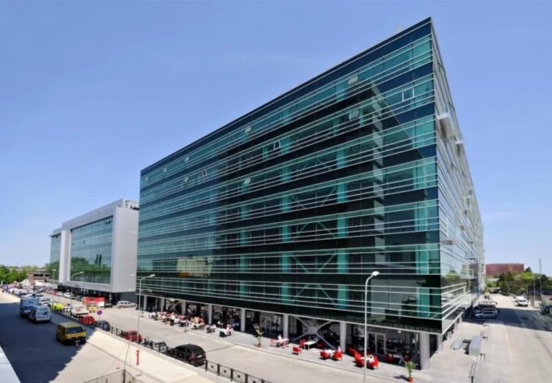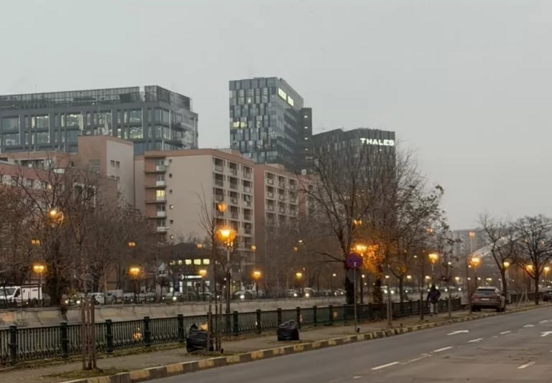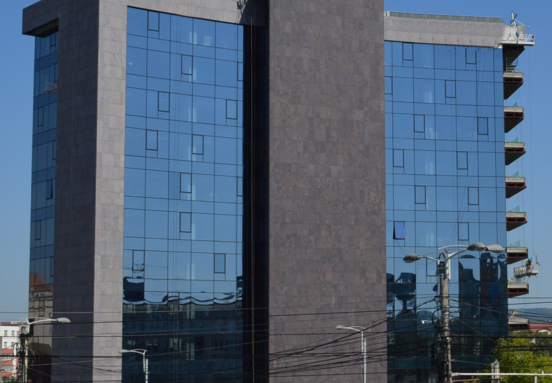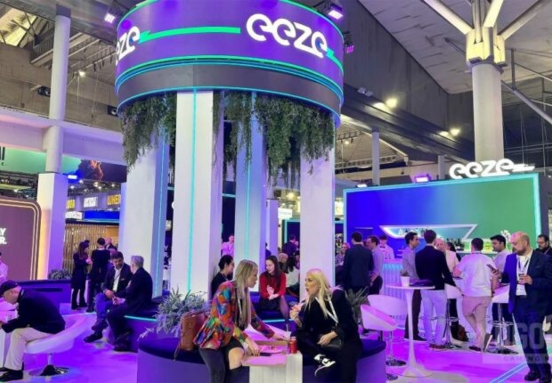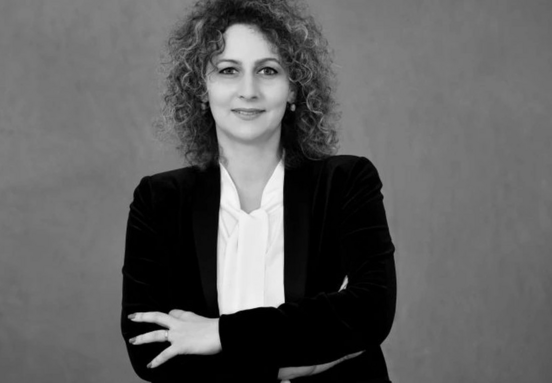The limited number of new deliveries is a consequence of a combination of factors, among which the challenging context of permits, the rise of constructions costs and the pandemic effects on the constructions market. In the present days, the investors’ appetite to buy and develop is shadowed in Bucharest, where public authorities didn’t manage to solve the urbanistic plan (PUZ) issues and the approval blockages linked to it. On the medium to long term, the effects have the potential to reverberate both in the new supply shortage and in price increases.
“There are two major topics that the office leasing market in Bucharest must address nowadays, one is the limited number of projects under development on the short term and the other one is the growing pressure on rents caused mainly by the economic climate. In addition, the overall vacancy rate started to register decreases, small ones, but the descending trend indicates a lesser availability for compact large spaces to lease. The ace in the sleeve is now at the office landlords who have their buildings ESG certified because companies are willing to incorporate in their corporate strategy environmental sustainability and to pay for their employee’s wellbeing at the office”, says Tudor Ionescu, Head of A&T Services Office at CBRE Romania.
With 31,500 sq m, Sema Offices II London and Oslo, developed by River Development, is the largest scheme from the five office projects completed in Bucharest in the first nine months of 2022. The second phase of AFI Tech Park (24,500 sq m) is also the second in the top, followed by Tandem building (21,000 sq m), developed by Forte, @Expo – Phase 1 scheme (21,000 sq m) developed by Atenor and H Tudor Arghezi (6,500 sq m), developed by Hagag.
By the end of the year, another office building is expected to be added to the modern stock: with a GLA of 34,500 sq m, the second phase of One Cotroceni developed by One United is estimated to be finalized, being actually the most important/the biggest office building the local market welcomes this year.
The forecast for next year is positive: another 94,000 sq m in five buildings, now in different construction phases, will rise the capital city’s modern stock to 3.43 mln. sq m.
The total leasing activity (TLA) in Q3 summed 73,300 sq m, with 5% less compared the same quarter of the previous year. Computers & Hi-Tech companies continue to dominate the leasing activity and maintain their leading position with 40% from leased area.
At Q3 prime rent maintained at 19.00 EUR / sq m/month, while net effective rents continue to benefit from the landlords’ flexibility when negotiating lease terms and incentive packages. Nonetheless, the economic environment most likely will have a toll on rents’ evolution, as office owners will have to address the rising inflation and increased operational costs, all these aspects in conjunction with the limited pipeline to be delivered on short-term in Bucharest.
The 2022 annual investment volume forecasted to overpass the 1.0 bln. EUR, a high record after 2008
In the first 9 months of 2022 the investment volume in Romania amounted 654.2 mln. EUR, 16% higher compared with the same period of the previous year but 12% lower compared to the same period of the pre-pandemic year 2019. The properties located in Bucharest attracted 55% of investment volume, while 45% of it was spent for properties located in regional cities. The average deal size amounts to 27.2 mln. EUR, with 26% higher compared with the average registered for the same period of the previous year.
“We are expecting a large volume of transactions to be completed by the end of the year, marking Romania’s best investment volume in more than a decade. Nevertheless, there is a clear feeling that activity will slow down in the first half of 2023, as some investors are moving to the side-lines in order to re-assess their strategies. Based on early discussions with these investors, it seems that the impact on Romania will be smaller than in Western Europe and other countries in the region because yields had never compressed to unsustainable levels. Consequently, there is an expectation that buying interest will revert quite quickly.”, says Mihai Pătrulescu, Head of Investment Properties at CBRE Romania.
The split on segments sets the office sector on the first place, with 45% of the investment volume, followed by the retail sector with 36% of the total, and the industrial segment with 11%.
With several major transactions found in the negotiation process at the end of Q3 but estimated to be signed by the end of the year, the annual investment volume is forecasted to overpass the 1.0 bln. EUR threshold, resulting in a total value comparable with record years such as 2019 and, looking further on, 2014. In Q3 2022, prime yields maintained the same level from the previous quarter respectively, retail at 7.00%, office at 6.75%, and industrial at 7.25%. Nevertheless, a distension pressure is felt on prime yields, which are expected to increase by year’s end.

